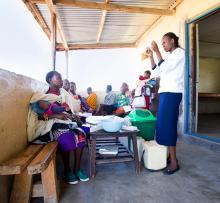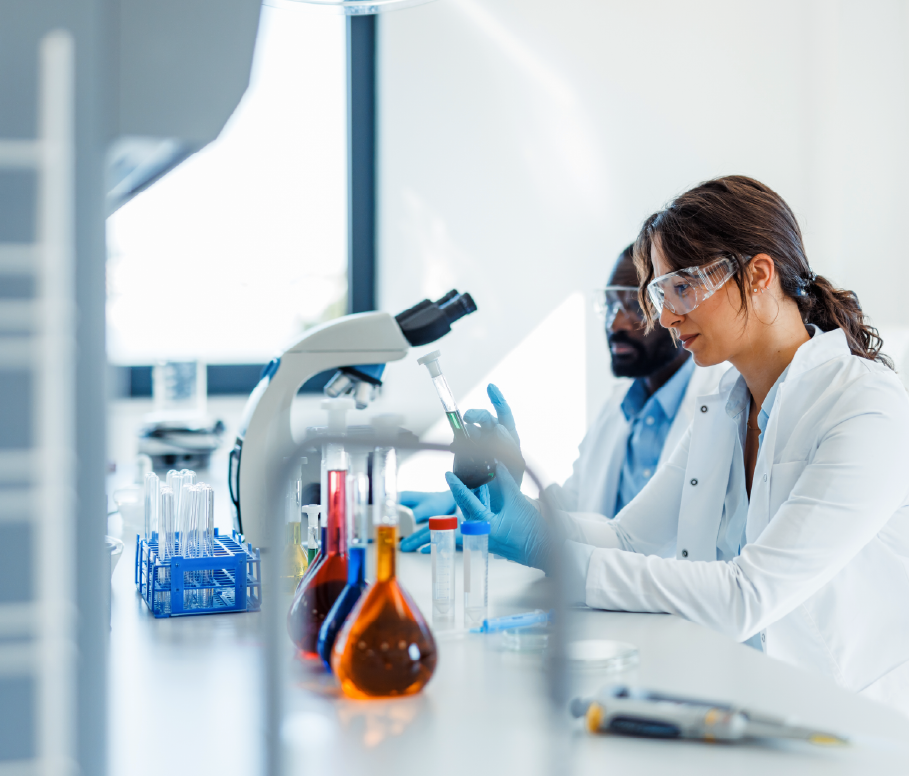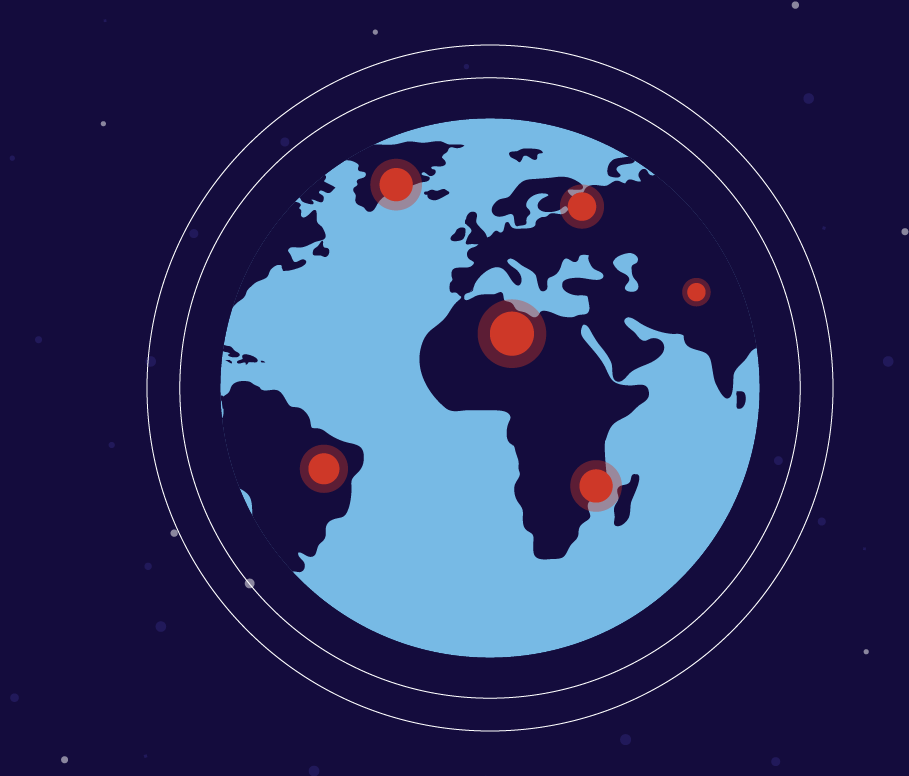Thanks to innovation in medicine, today we are able to treat—and in some cases even cure—diseases in ways thought unimaginable just a decade ago. But these medicines are only helpful to patients if they’re accessible. Unfortunately, according the World Health Organization (WHO), one-third of the world’s population lacks access to even the most basic “essential medicines.” In the poorest regions of Africa and Asia, this number climbs to nearly fifty percent.
The reasons for this lack of access include weak health care infrastructure, poor supply chains, a critical shortage of health care workers, limited health financing options and lack of patient education. But while these barriers are complex and pose significant challenges, collaborative and sustainable solutions are possible. The good news is, increasingly, stakeholders are working to identify and resolve the greatest barriers standing between people and the medicines they need.
This week, Geneva Network is convening international experts to discuss recently published research on the most pressing challenges and potential solutions to improving global access to medicines. The two-day event covers a range of topics, including the impacts of weaknesses in health financing on access to medical innovation in Ghana, South Africa and Turkey, barriers to international and domestic distribution of medicines, and the importance of strong infrastructure to ensuring people are getting the medicines they need. Additional discussions will cover the role trade policies play in facilitating access to medical innovation, with insights from speakers from India, Turkey and Belgium.
The timing of this event is important, as the United Nations gathers international leaders in New York for its general assembly next week; it’s critical that the greatest obstacles preventing life-saving medicines from getting to those who need them most, are not overlooked. Historically, the UN has posed narrow “solutions” to access that are singularly focused on undermining intellectual property, despite the fact that 95 percent on the WHO’s Essential Medicines List are not protected by patents and research demonstrates that intellectual property protection actually promotes increased access to medicines.
It’s imperative that world leaders stop ignoring these facts and begin to coalesce around practical solutions that address weaknesses in supply chains, poor infrastructure, issues with health financing, lack of patient education and shortages in trained health care workers. In other words, without a collaborative and comprehensive effort to address the real barriers to access, today’s treatments and cures will remain out of reach for millions of people worldwide. In an era of truly groundbreaking medical advances, the time to act is now.


